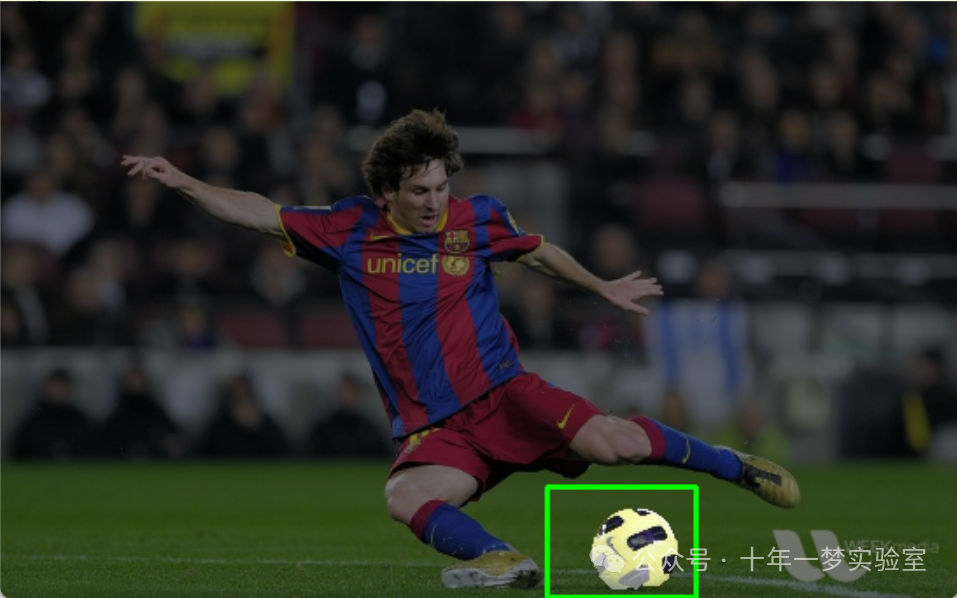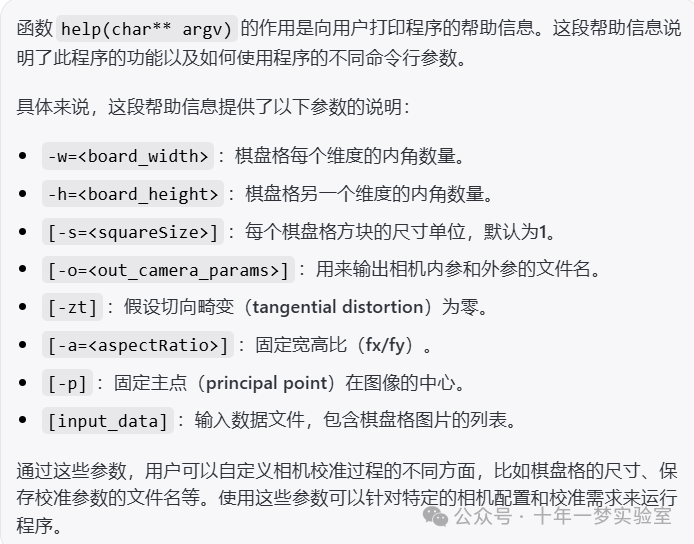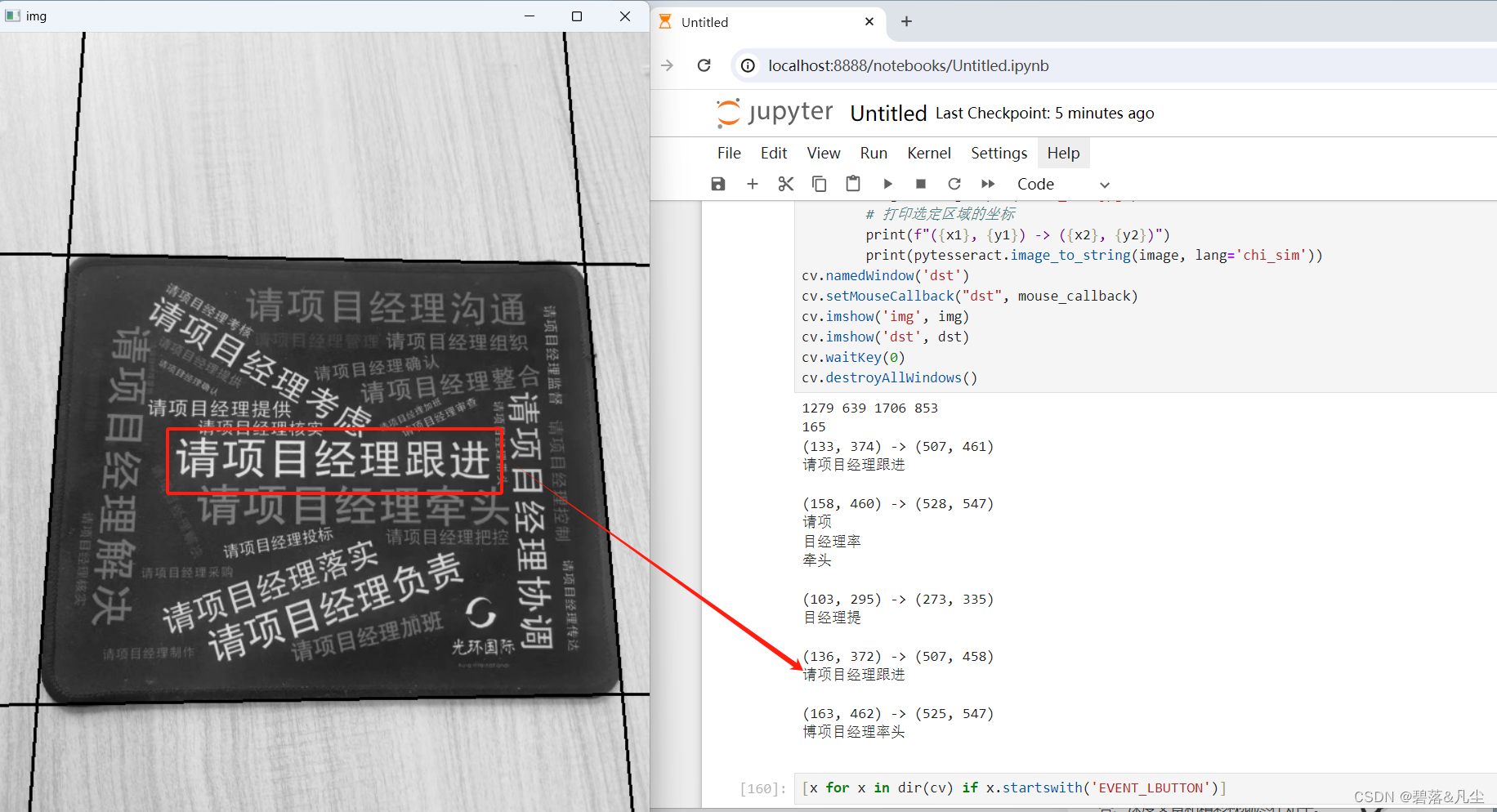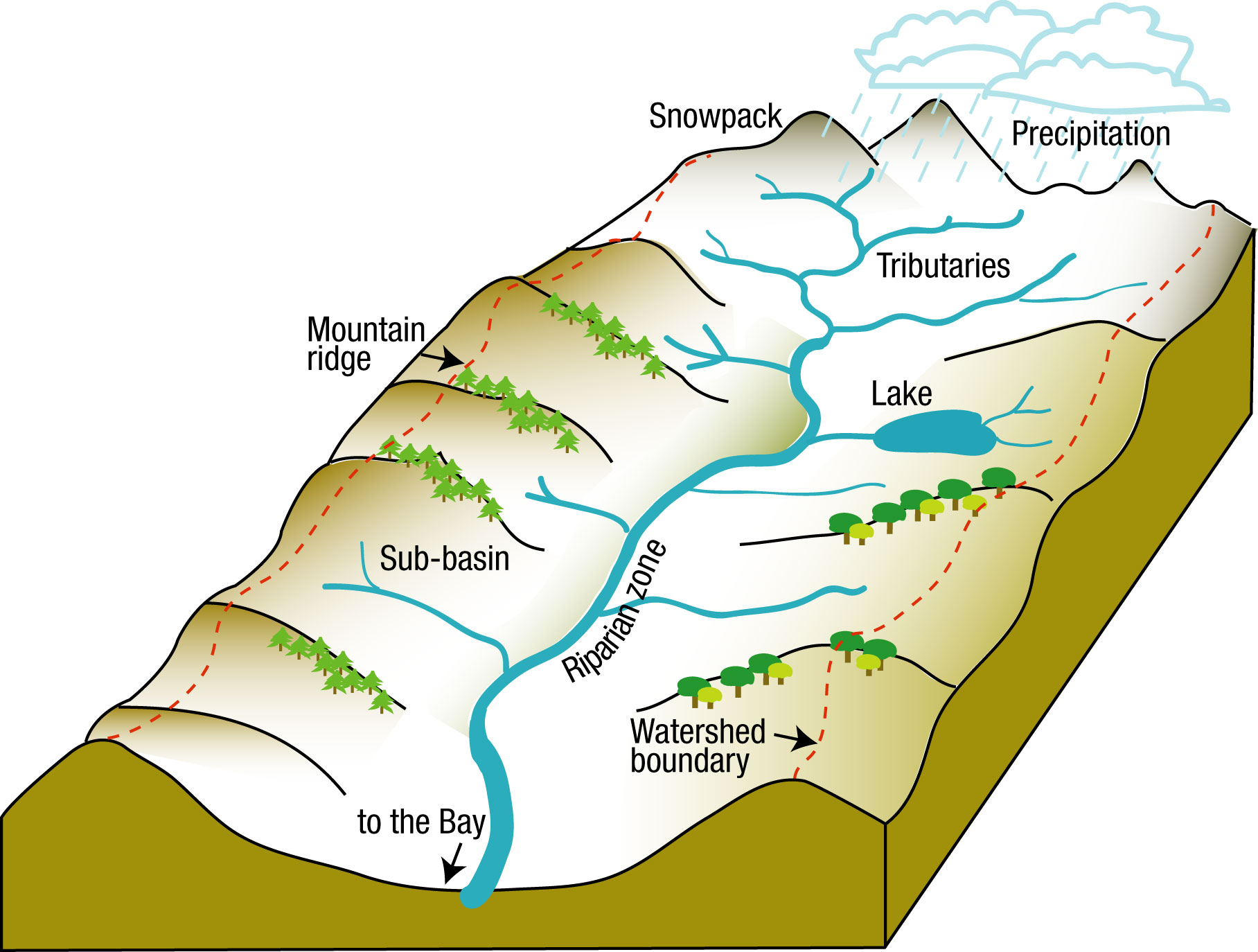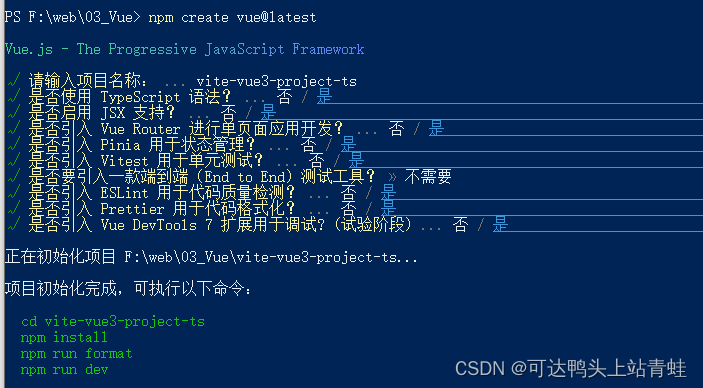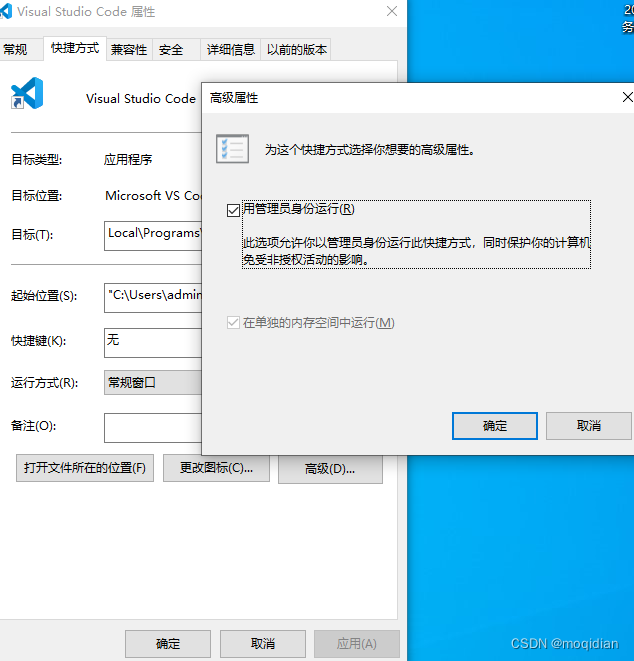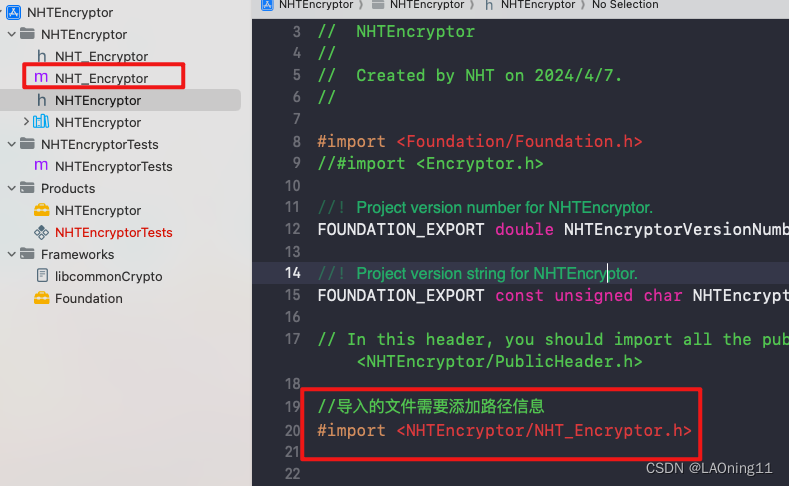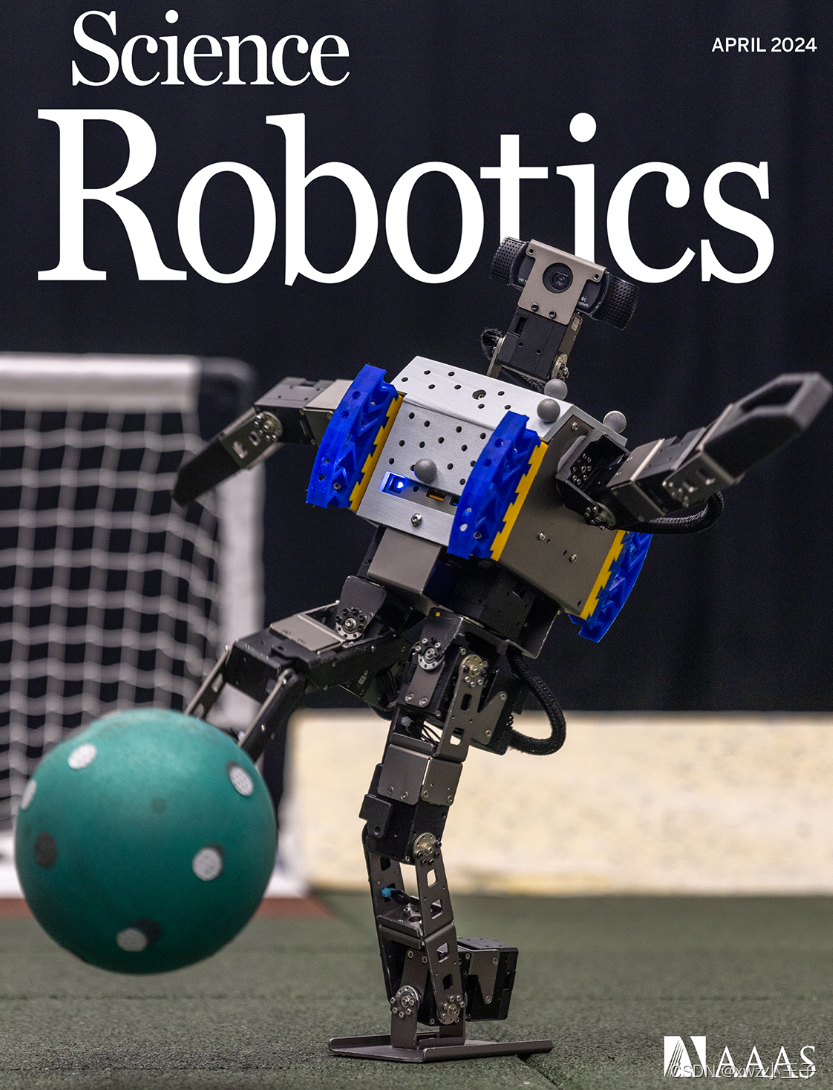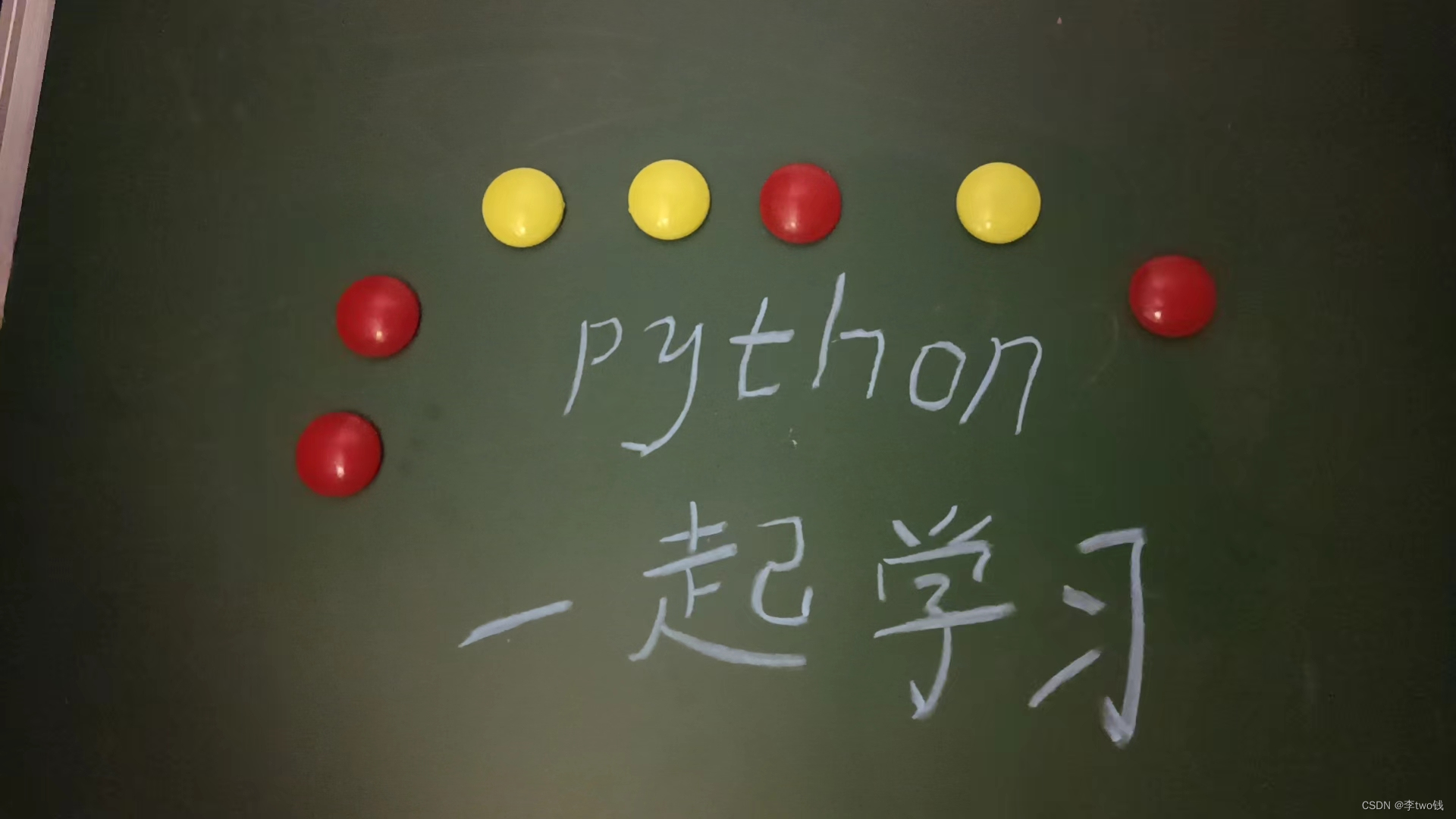
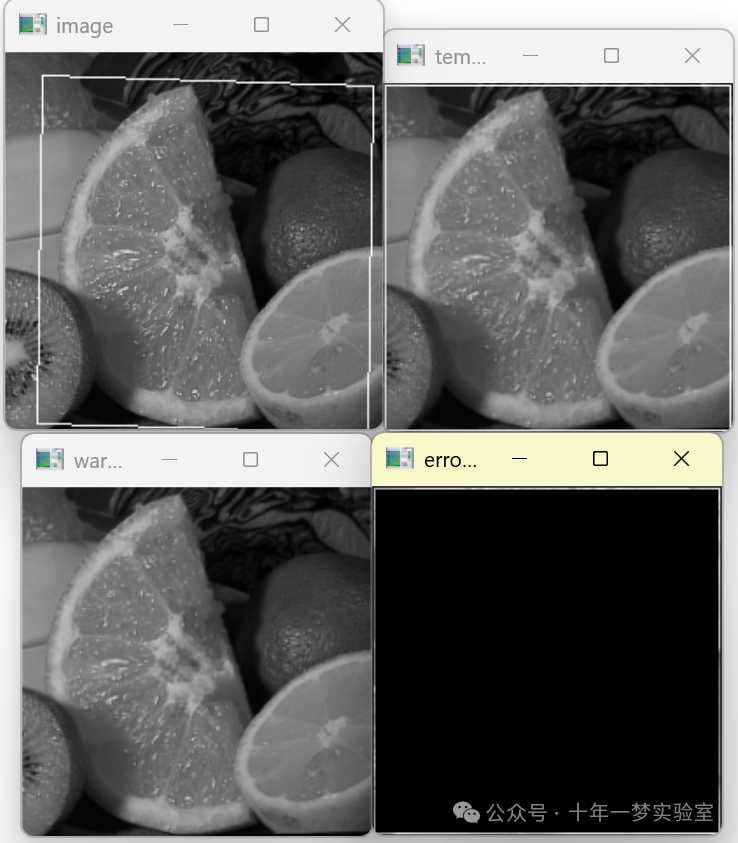
affine
imshow("image", target_image);
imshow("template", template_image);
imshow("warped image", warped_image);
imshow("error (black: no error)", abs(errorImage) * 255 / max_of_error);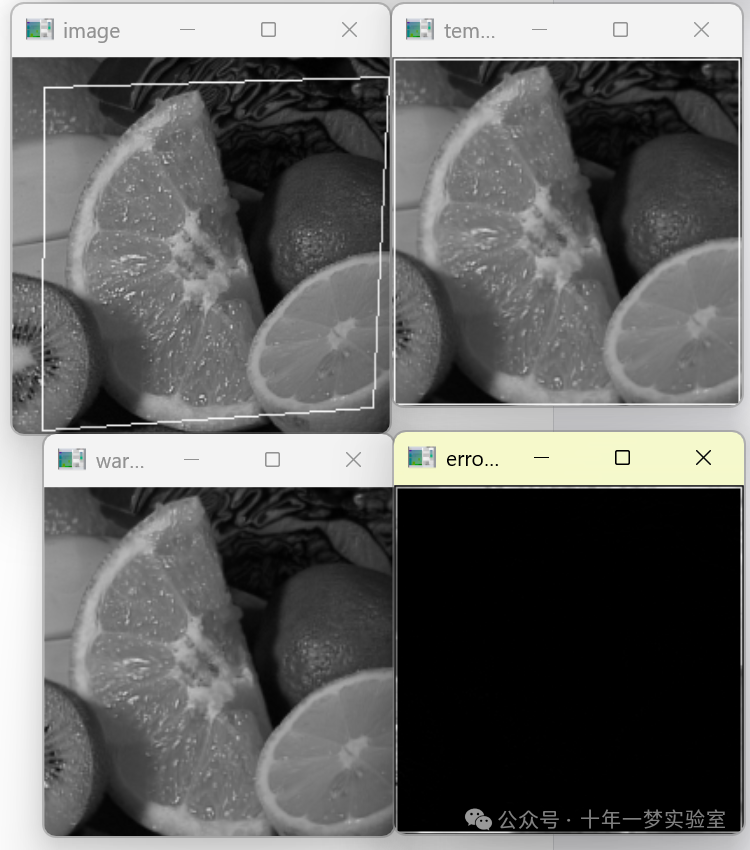
homography
这段代码是一个利用ECC (Enhanced Correlation Coefficient) 算法进行图像对齐的示例。代码首先包含了OpenCV库的头文件,并且使用了OpenCV和标准库的命名空间。然后定义了几个函数和宏进行图像变换矩阵的操作,定义了一些用于解析命令行参数的关键字。
main 函数中,首先使用CommandLineParser解析命令行参数,之后加载输入图像和模板图像。如果只给出了输入图像,代码会生成一个随机的模板图像。如果给定了输入变换矩阵,则会使用该矩阵初始化。若变换类型为仿射或相似变换等,会初始化对应的变换矩阵。
代码接着执行findTransformECC函数来计算图像间的几何变换。计算完成后,保存变换矩阵和变换后的图像,并对结果进行显示(根据具体的verbose参数决定是否显示)。
整个过程包括了对图像的读取、几何变换矩阵的初始化与读取、使用ECC算法进行图像对齐、结果的保存与显示。通过这个示例,可以了解到图像处理中图像对齐的基本流程和方法。
/*
* 本示例展示了使用findTransformECC函数实现图像对齐的ECC算法
*
* Demo加载一个图像(默认为fruits.jpg),并基于给定的运动类型人工创建一个模板图像。
* 当给出两幅图像时,第一幅是输入图像,第二幅定义模板图像。在后一种情况下,
* 您还可以解析warp的初始化。
*
* 输入和输出的warp文件由原始的warp(变换)元素组成。
*
* 作者: G. Evangelidis, 法国国家信息与自动化研究所(INRIA), Grenoble,
* M. Asbach, 德国Fraunhofer IAIS, St. Augustin
*/
// 导入opencv库的各个模块
#include <opencv2/imgcodecs.hpp> // 图像编解码
#include <opencv2/highgui.hpp> // 图像显示
#include <opencv2/video.hpp> // 视频处理
#include <opencv2/imgproc.hpp> // 图像处理
#include <opencv2/core/utility.hpp> // OpenCV实用函数
#include <stdio.h> // 包含基本输入输出函数
#include <string> // 包含字符串相关功能
#include <time.h> // 包含处理时间相关功能
#include <iostream> // 包含输入输出流功能
#include <fstream> // 包含文件流操作功能
using namespace cv; // 使用OpenCV命名空间
using namespace std; // 使用标准库命名空间
// 向前声明函数(函数将在下面定义)
static void help(const char** argv);
static int readWarp(string iFilename, Mat& warp, int motionType);
static int saveWarp(string fileName, const Mat& warp, int motionType);
static void draw_warped_roi(Mat& image, const int width, const int height, Mat& W);
// 用于向齐次变换矩阵赋值的宏定义(x和y是坐标,H是变换矩阵)
#define HOMO_VECTOR(H, x, y)\
H.at<float>(0,0) = (float)(x);\
H.at<float>(1,0) = (float)(y);\
H.at<float>(2,0) = 1.;
// 用于从齐次坐标中读取值的宏定义(X是齐次坐标,x和y是提取的坐标)
#define GET_HOMO_VALUES(X, x, y)\
(x) = static_cast<float> (X.at<float>(0,0)/X.at<float>(2,0));\
(y) = static_cast<float> (X.at<float>(1,0)/X.at<float>(2,0));
// 定义命令行参数,用于程序运行时接收用户输入或默认值
const std::string keys =
"{@inputImage | fruits.jpg | input image filename }" // 输入图像文件名,默认为fruits.jpg
"{@templateImage | | template image filename (optional)}" // 模板图像文件名,可选参数
"{@inputWarp | | input warp (matrix) filename (optional)}" // 输入变换矩阵(文件名),可选参数
"{n numOfIter | 50 | ECC's iterations }" // ECC算法迭代次数,默认值为50
"{e epsilon | 0.0001 | ECC's convergence epsilon }" // ECC算法收敛阈值,默认为0.0001
"{o outputWarp | outWarp.ecc | output warp (matrix) filename }" // 输出变换矩阵的文件名,默认为outWarp.ecc
"{m motionType | affine | type of motion (translation, euclidean, affine, homography) }" // 变换类型,默认为仿射变换(affine)
"{v verbose | 1 | display initial and final images }" // 是否显示处理前后的图像,默认为1(显示)
"{w warpedImfile | warpedECC.png | warped input image }" // 输出变形后图像的文件名,默认为warpedECC.png
"{h help | | print help message }" // 显示帮助信息
;
//该文件演示了 ECC 图像对齐算法的使用。 当给定一张图像时,
//模板图像是通过随机扭曲人为形成的。当给出两个图像时,可以
//通过命令行解析来初始化扭曲。如果缺少 inputWarp,则恒等变换
//会初始化算法。
// 提供程序帮助信息和命令行示例的函数
static void help(const char** argv)
{
// 输出ECC图像对齐算法使用说明
cout << "\nThis file demonstrates the use of the ECC image alignment algorithm. When one image"
" is given, the template image is artificially formed by a random warp. When both images"
" are given, the initialization of the warp by command line parsing is possible. "
"If inputWarp is missing, the identity transformation initializes the algorithm. \n" << endl;
// 输出仅用一个输入图像时命令行使用示例
cout << "\nUsage example (one image): \n" // 使用示例(一个图像)
<< argv[0] // 程序名
<< " fruits.jpg -o=outWarp.ecc " // 输入图像,输出变换矩阵文件
"-m=euclidean -e=1e-6 -N=70 -v=1 \n" << endl; // 运动类型,收敛阈值,迭代次数,是否显示结果
// 输出用两个图像以及初始变换矩阵时命令行使用示例
cout << "\nUsage example (two images with initialization): \n" // 使用示例(两个图像,带初始化)
<< argv[0] // 程序名
<< " yourInput.png yourTemplate.png " // 输入图像和模板图像
"yourInitialWarp.ecc -o=outWarp.ecc -m=homography -e=1e-6 -N=70 -v=1 -w=yourFinalImage.png \n" << endl; // 输入变换矩阵,输出变换矩阵文件,变换类型,收敛阈值,迭代次数,是否显示结果,输出对齐后的图像文件
}
// 从文件中读取变换矩阵的函数
static int readWarp(string iFilename, Mat& warp, int motionType){
// 根据不同的运动类型(motionType)确定需要从文件中读取的元素数量
// 如果是透视变换(Homography),读取9个值,否则读取6个值
CV_Assert(warp.type()==CV_32FC1); // 确保warp矩阵是单通道浮点型
int numOfElements; // 存储元素的数量
if (motionType==MOTION_HOMOGRAPHY)
numOfElements=9; // 透视变换有9个参数
else
numOfElements=6; // 其它变换类型只需要6个参数
int i; // 循环计数变量
int ret_value; // 返回值,表示是否成功读取文件
ifstream myfile(iFilename.c_str()); // 打开文件
if (myfile.is_open()){ // 如果文件成功打开
float* matPtr = warp.ptr<float>(0); // 获取矩阵的指针
for(i=0; i<numOfElements; i++){
myfile >> matPtr[i]; // 从文件读取每个值
}
ret_value = 1; // 读取成功,设置返回值为1
}
else { // 如果文件打开失败
cout << "Unable to open file " << iFilename.c_str() << endl; // 输出错误信息
ret_value = 0; // 设置返回值为0
}
return ret_value; // 返回结果
}
// 将变换矩阵保存到文件中的函数
static int saveWarp(string fileName, const Mat& warp, int motionType)
{
// 确保warp矩阵是单通道浮点型
CV_Assert(warp.type()==CV_32FC1);
const float* matPtr = warp.ptr<float>(0); // 获取矩阵的指针
int ret_value; // 返回值,表示是否成功保存到文件
ofstream outfile(fileName.c_str()); // 打开或创建文件来写入
if( !outfile ) { // 如果文件打开失败
cerr << "error in saving "
<< "Couldn't open file '" << fileName.c_str() << "'!" << endl; // 输出错误信息到错误流
ret_value = 0; // 设置返回值为0
}
else {// 如果文件成功打开, 保存warp矩阵的元素
outfile << matPtr[0] << " " << matPtr[1] << " " << matPtr[2] << endl;
outfile << matPtr[3] << " " << matPtr[4] << " " << matPtr[5] << endl;
if (motionType==MOTION_HOMOGRAPHY){ // 如果是透视变换,需要保存额外3个参数
outfile << matPtr[6] << " " << matPtr[7] << " " << matPtr[8] << endl;
}
ret_value = 1; // 保存成功,设置返回值为1
}
return ret_value; // 返回结果
}
// 在图像上绘制变换后区域边界的函数
static void draw_warped_roi(Mat& image, const int width, const int height, Mat& W)
{
// 定义四个角点
Point2f top_left, top_right, bottom_left, bottom_right;
Mat H = Mat(3, 1, CV_32F); // 定义齐次坐标向量
Mat U = Mat(3, 1, CV_32F); // 存储变换后的坐标值
Mat warp_mat = Mat::eye(3, 3, CV_32F); // 创建一个单位矩阵
// 将变换矩阵 W 的值赋给 warp_mat
for (int y = 0; y < W.rows; y++)
for (int x = 0; x < W.cols; x++)
warp_mat.at<float>(y,x) = W.at<float>(y,x);
// 对矩形的四个角点进行变换
// 左上角
HOMO_VECTOR(H, 1, 1); // 将点设置为齐次坐标形式
gemm(warp_mat, H, 1, 0, 0, U); // 使用矩阵乘法进行变换
GET_HOMO_VALUES(U, top_left.x, top_left.y); // 获取变换后的值
// 右上角
HOMO_VECTOR(H, width, 1);
gemm(warp_mat, H, 1, 0, 0, U);
GET_HOMO_VALUES(U, top_right.x, top_right.y);
// 左下角
HOMO_VECTOR(H, 1, height);
gemm(warp_mat, H, 1, 0, 0, U);
GET_HOMO_VALUES(U, bottom_left.x, bottom_left.y);
// 右下角
HOMO_VECTOR(H, width, height);
gemm(warp_mat, H, 1, 0, 0, U);
GET_HOMO_VALUES(U, bottom_right.x, bottom_right.y);
// 在图像上绘制变形后的矩形边界
line(image, top_left, top_right, Scalar(255)); // 上边界
line(image, top_right, bottom_right, Scalar(255)); // 右边界
line(image, bottom_right, bottom_left, Scalar(255)); // 下边界
line(image, bottom_left, top_left, Scalar(255)); // 左边界
}
// 主函数入口
int main (const int argc, const char * argv[])
{
// 解析命令行参数
CommandLineParser parser(argc, argv, keys);
parser.about("ECC demo"); // 关于本程序
parser.printMessage(); // 打印解析的信息
help(argv); // 显示帮助信息
// 获取命令行参数
string imgFile = parser.get<string>(0); // 输入图像文件名
string tempImgFile = parser.get<string>(1); // 模板图像文件名
string inWarpFile = parser.get<string>(2); // 初始变换矩阵文件名
// 获取其他参数
int number_of_iterations = parser.get<int>("n"); // 迭代次数
double termination_eps = parser.get<double>("e"); // 精度阈值,停止条件
string warpType = parser.get<string>("m"); // 变换类型
int verbose = parser.get<int>("v"); // 是否显示详细信息
string finalWarp = parser.get<string>("o"); // 最终变换矩阵保存文件
string warpedImFile = parser.get<string>("w"); // 对齐后的图像保存文件
if (!parser.check()) // 检查解析的参数是否合理
{
parser.printErrors();
return -1; // 参数不合理则返回-1
}
// 确保传入的变换类型是有效的 平移、欧几里得、仿射、单应性
if (!(warpType == "translation" || warpType == "euclidean"
|| warpType == "affine" || warpType == "homography"))
{
cerr << "Invalid motion transformation" << endl;
return -1; // 无效变换类型,返回-1
}
// 根据变换类型设定变换模式
int mode_temp;
if (warpType == "translation")
mode_temp = MOTION_TRANSLATION;
else if (warpType == "euclidean")
mode_temp = MOTION_EUCLIDEAN;
else if (warpType == "affine")
mode_temp = MOTION_AFFINE;
else
mode_temp = MOTION_HOMOGRAPHY;
// 读取输入图像
Mat inputImage = imread(samples::findFile(imgFile), IMREAD_GRAYSCALE);
if (inputImage.empty()) // 检查图像是否成功加载
{
cerr << "Unable to load the inputImage" << endl;
return -1; // 加载失败,返回-1
}
// 初始化目标图像和模板图像
Mat target_image;
Mat template_image;
// 如果提供了模板图像,则读取模板图像
if (tempImgFile != "") {
// 将输入图像复制给目标图像
inputImage.copyTo(target_image);
// 加载模板图像(灰度图)
template_image = imread(samples::findFile(tempImgFile), IMREAD_GRAYSCALE);
// 如果模板图像加载失败,则返回错误
if (template_image.empty()) {
cerr << "Unable to load the template image" << endl;
return -1;
}
}
else { // 如果没有指定模板图像文件名,对输入图像应用随机变换以生成模板
// 对输入图像进行尺寸调整,新的尺寸为216 x 216像素
resize(inputImage, target_image, Size(216, 216), 0, 0, INTER_LINEAR_EXACT);
// 声明一个Mat类型变量用于存放变换矩阵
Mat warpGround;
// 创建一个随机数生成器,种子为当前时间戳
RNG rng(getTickCount());
// 声明一个double类型变量用于存放计算得到的角度
double angle;
// 根据mode_temp来决定如何生成变换矩阵并对图像应用变换
switch (mode_temp) {
case MOTION_TRANSLATION:
// 生成一个随机的平移变换矩阵
warpGround = (Mat_<float>(2, 3) << 1, 0, (rng.uniform(10.f, 20.f)),
0, 1, (rng.uniform(10.f, 20.f)));
// 应用平移变换矩阵到目标图像,获取模板图像
warpAffine(target_image, template_image, warpGround,
Size(200, 200), INTER_LINEAR + WARP_INVERSE_MAP);
break;
case MOTION_EUCLIDEAN:
// 生成一个随机的欧几里得变换矩阵(含旋转和平移)
angle = CV_PI / 30 + CV_PI * rng.uniform((double)-2.f, (double)2.f) / 180;
warpGround = (Mat_<float>(2, 3) << cos(angle), -sin(angle), (rng.uniform(10.f, 20.f)),
sin(angle), cos(angle), (rng.uniform(10.f, 20.f)));
// 应用欧几里得变换矩阵到目标图像,获取模板图像
warpAffine(target_image, template_image, warpGround,
Size(200, 200), INTER_LINEAR + WARP_INVERSE_MAP);
break;
case MOTION_AFFINE:
// 生成一个随机的仿射变换矩阵
warpGround = (Mat_<float>(2, 3) << (1 - rng.uniform(-0.05f, 0.05f)),
(rng.uniform(-0.03f, 0.03f)), (rng.uniform(10.f, 20.f)),
(rng.uniform(-0.03f, 0.03f)), (1 - rng.uniform(-0.05f, 0.05f)),
(rng.uniform(10.f, 20.f)));
// 应用仿射变换矩阵到目标图像,获取模板图像
warpAffine(target_image, template_image, warpGround,
Size(200, 200), INTER_LINEAR + WARP_INVERSE_MAP);
break;
case MOTION_HOMOGRAPHY:
// 生成一个随机的单应性变换矩阵
warpGround = (Mat_<float>(3, 3) << (1 - rng.uniform(-0.05f, 0.05f)),
(rng.uniform(-0.03f, 0.03f)), (rng.uniform(10.f, 20.f)),
(rng.uniform(-0.03f, 0.03f)), (1 - rng.uniform(-0.05f, 0.05f)), (rng.uniform(10.f, 20.f)),
(rng.uniform(0.0001f, 0.0003f)), (rng.uniform(0.0001f, 0.0003f)), 1.f);
// 应用单应性变换矩阵到目标图像,获取模板图像
warpPerspective(target_image, template_image, warpGround,
Size(200, 200), INTER_LINEAR + WARP_INVERSE_MAP);
break;
}
}
// 根据变换类型创建适当大小的warp_matrix
const int warp_mode = mode_temp;
// 初始化或加载变换矩阵
Mat warp_matrix;
if (warpType == "homography")
// 如果是单应性变换,则warp_matrix为3x3的单位矩阵
warp_matrix = Mat::eye(3, 3, CV_32F);
else
// 如果是其他变换,则warp_matrix为2x3的单位矩阵
warp_matrix = Mat::eye(2, 3, CV_32F);
// 如果提供了变换矩阵文件名,尝试读取变换矩阵
if (inWarpFile != ""){
int readflag = readWarp(inWarpFile, warp_matrix, warp_mode);
// 如果读取失败,打印错误信息,并退出程序
if ((!readflag) || warp_matrix.empty())
{
cerr << "-> Check warp initialization file" << endl << flush;
return -1;
}
}
else {
// 如果没有提供变换矩阵文件,发出警告:假定使用单位矩阵作为初始化可能不佳,
// 尤其是当图像尺寸不相同时或者形变较大时
printf("\n ->Performance Warning: Identity warp ideally assumes images of "
"similar size. If the deformation is strong, the identity warp may not "
"be a good initialization. \n");
}
// 检查迭代次数是否过多
if (number_of_iterations > 200)
cout << "-> Warning: too many iterations " << endl;
// 如果不是单应性变换,确保变换矩阵仅有两行
if (warp_mode != MOTION_HOMOGRAPHY)
warp_matrix.rows = 2;
//开始计时
const double tic_init = (double) getTickCount();
// 调用findTransformECC寻找最佳变换矩阵
double cc = findTransformECC(template_image, target_image, warp_matrix, warp_mode,
TermCriteria(TermCriteria::COUNT + TermCriteria::EPS, number_of_iterations, termination_eps));
// 如果findTransformECC返回错误(即-1),则打印错误信息
if (cc == -1)
{
cerr << "The execution was interrupted. The correlation value is going to be minimized." << endl;
cerr << "Check the warp initialization and/or the size of images." << endl << flush;
}
// 停止计时
const double toc_final = (double)getTickCount();
const double total_time = (toc_final - tic_init) / (getTickFrequency());
//如果设置了verbose,打印对齐时间
if (verbose) {
cout << "Alignment time (" << warpType << " transformation): "
<< total_time << " sec" << endl << flush;
// cout << "Final correlation: " << cc << endl << flush;
}
// 保存最终的变换矩阵
saveWarp(finalWarp, warp_matrix, warp_mode);
if (verbose) {
//如果设置了verbose,打印保存变换矩阵的文件名
cout << "\nThe final warp has been saved in the file: " << finalWarp << endl << flush;
}
// 保存最终的对齐图像
Mat warped_image = Mat(template_image.rows, template_image.cols, CV_32FC1);
if (warp_mode != MOTION_HOMOGRAPHY)
warpAffine(target_image, warped_image, warp_matrix, warped_image.size(),
INTER_LINEAR + WARP_INVERSE_MAP);
else
warpPerspective(target_image, warped_image, warp_matrix, warped_image.size(),
INTER_LINEAR + WARP_INVERSE_MAP);
imwrite(warpedImFile, warped_image); // 保存变形后的图像
// 如果设置了verbose,显示结果图像
if (verbose)
{
cout << "The warped image has been saved in the file: " << warpedImFile << endl << flush;
//创建可视化窗口
namedWindow("image", WINDOW_AUTOSIZE);
namedWindow("template", WINDOW_AUTOSIZE);
namedWindow("warped image", WINDOW_AUTOSIZE);
namedWindow("error (black: no error)", WINDOW_AUTOSIZE);
//移动窗口,用于可视化布局
moveWindow("image", 20, 300);
moveWindow("template", 300, 300);
moveWindow("warped image", 600, 300);
moveWindow("error (black: no error)", 900, 300);
// 绘制变换后的区域边界
Mat identity_matrix = Mat::eye(3, 3, CV_32F);
draw_warped_roi(target_image, template_image.cols - 2, template_image.rows - 2, warp_matrix);
draw_warped_roi(template_image, template_image.cols - 2, template_image.rows - 2, identity_matrix);
Mat errorImage;
subtract(template_image, warped_image, errorImage);
double max_of_error;
minMaxLoc(errorImage, NULL, &max_of_error);
// 显示图像
cout << "Press any key to exit the demo (you might need to click on the images before)." << endl << flush;
imshow("image", target_image);
waitKey(200);
imshow("template", template_image);
waitKey(200);
imshow("warped image", warped_image);
waitKey(200);
imshow("error (black: no error)", abs(errorImage) * 255 / max_of_error);
waitKey(0);
}
// 完成程序
return 0;
}// 使用resize函数调整inputImage的大小,存入target_image中
resize(
inputImage, // 源图像
target_image, // 目标图像,输出的大小调整后的图像将被存储在这里
Size(216, 216), // 目标图像的新大小,此处指定为宽216像素,高216像素
0, // x方向上的缩放比例,在这里缩放比例由Size参数决定,因此设置为0
0, // y方向上的缩放比例,同上设置为0
INTER_LINEAR_EXACT // 插值方式,此处使用精确线性插值算法
);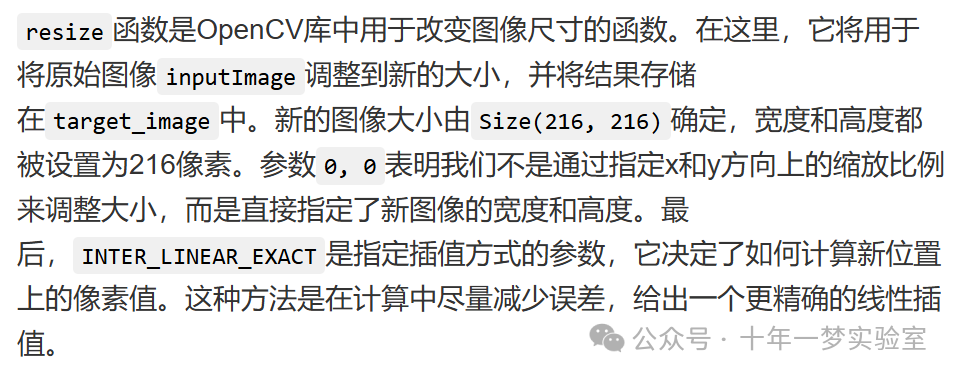
如果没有指定模板图像文件名,对输入图像应用随机变换以生成模板
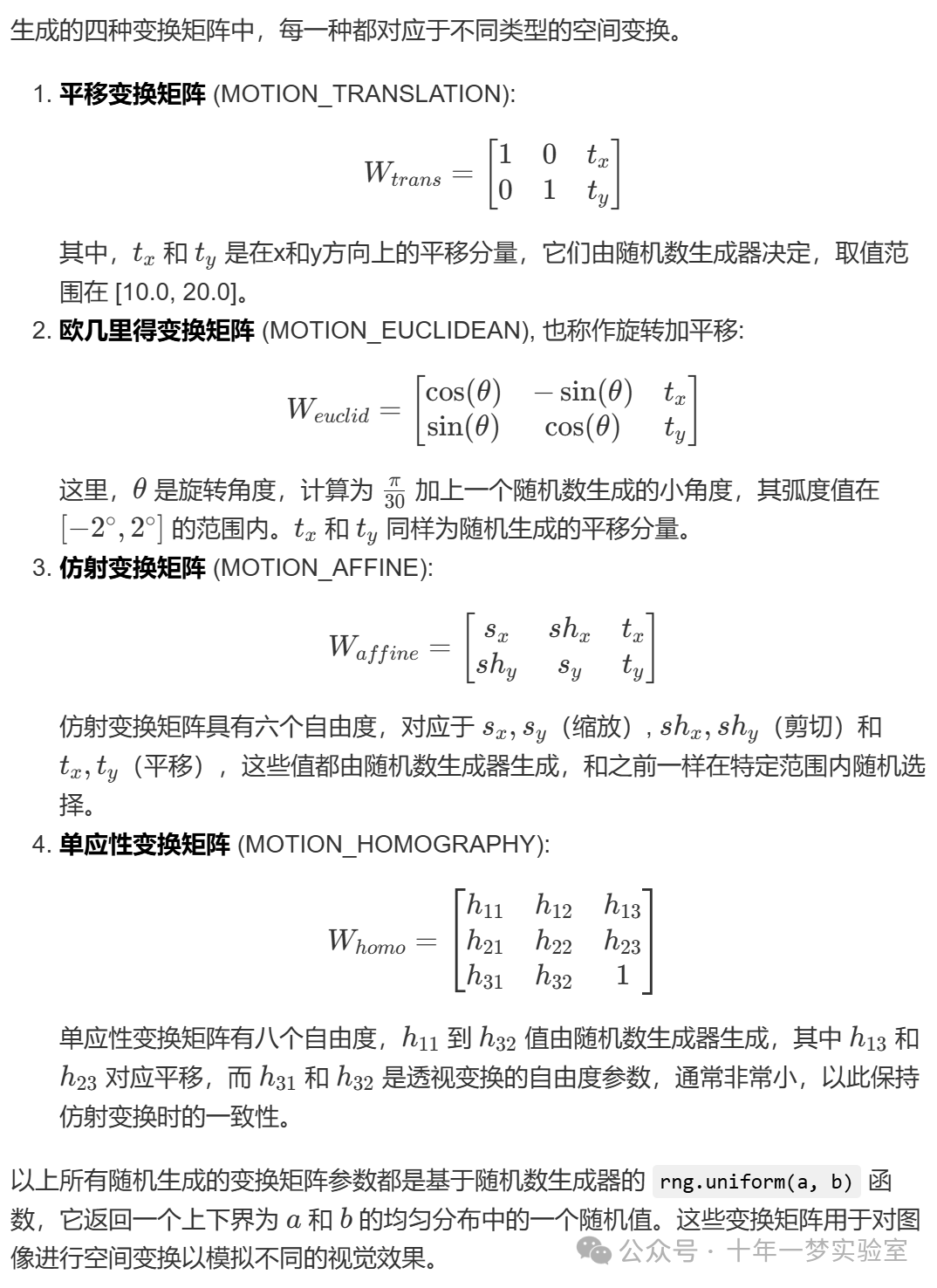
warpAffine(target_image, template_image, warpGround,
Size(200, 200), INTER_LINEAR + WARP_INVERSE_MAP);
// 使用增强的相关系数(ECC)算法,寻找最佳的仿射变换矩阵
double cc = findTransformECC(
template_image, // 模板图像
target_image, // 需要对齐到模板图像的对象图像
warp_matrix, // 可以指定初始估计,函数将优化这个矩阵以获得最佳变换
warp_mode, // 规定变换模型的类型,如仿射变换
TermCriteria( // 优化时的迭代终止准则,可以是最大迭代次数,变换估计的精确度,或它们的组合
TermCriteria::COUNT + TermCriteria::EPS, // 使用最大迭代次数和变换估计的精确度两个条件
number_of_iterations, // 迭代的最大次数
termination_eps // 迭代的终止精确度
)
);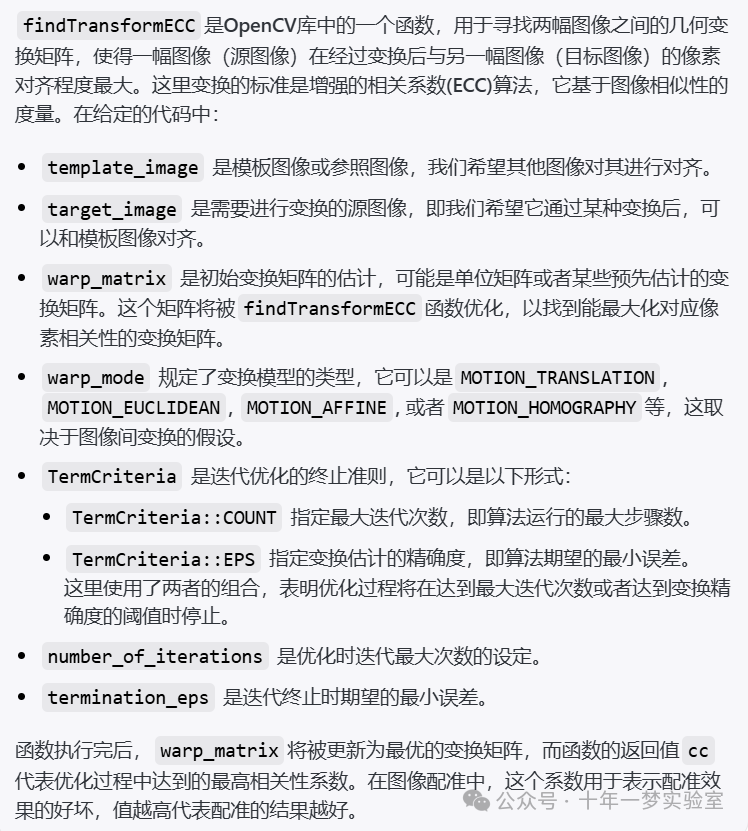
// 对target_image应用透视变换,结果输出到warped_image中
warpPerspective(
target_image, // 源图像
warped_image, // 目标图像,存储变换后的图像
warp_matrix, // 透视变换矩阵,描述了变换的参数
warped_image.size(), // 最终输出图像的大小
INTER_LINEAR + WARP_INVERSE_MAP // 插值方式加上变换方向
);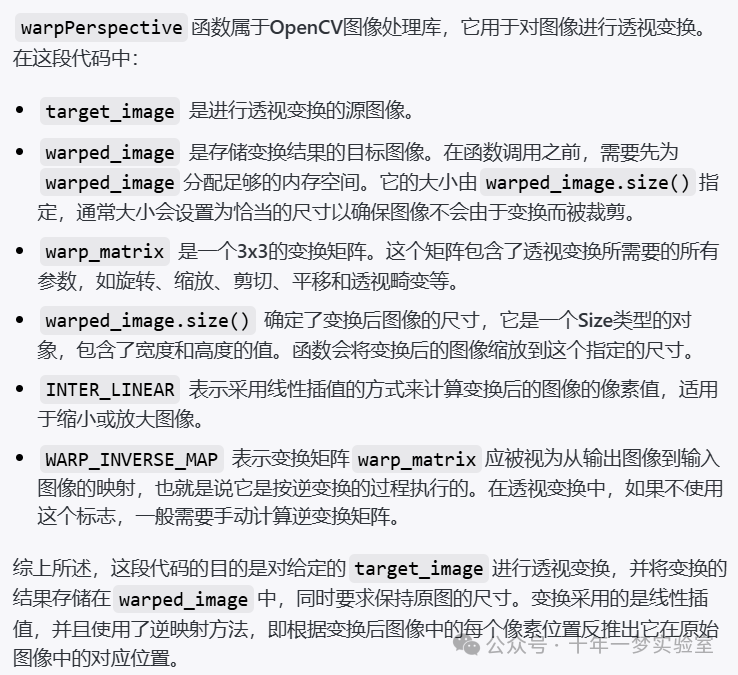
仿射变换和透视变换详细对比
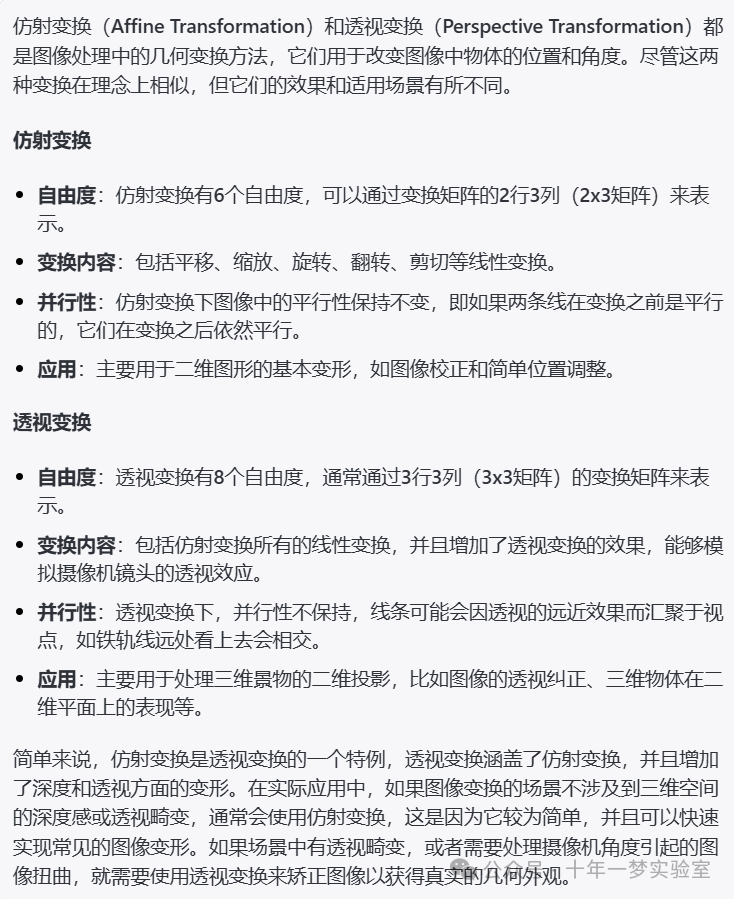
// 使用通用矩阵乘法函数gemm计算变换矩阵和透视矩阵的乘积
gemm(
warp_mat, // 第一个矩阵A,这里指的是仿射变换矩阵或相应的变换矩阵
H, // 第二个矩阵B,透视变换矩阵
1, // alpha系数,用于缩放第一个矩阵A
Mat(), // 第三个矩阵C,在这个函数调用中未使用,所以传递一个空矩阵
0, // beta系数,由于矩阵C未被使用,beta系数实际不起作用
U, // 输出矩阵D,存储A和B(M1和M2)乘积的结果
0 // 标志位,在此为0,默认表示正常的矩阵乘法
);
The End

